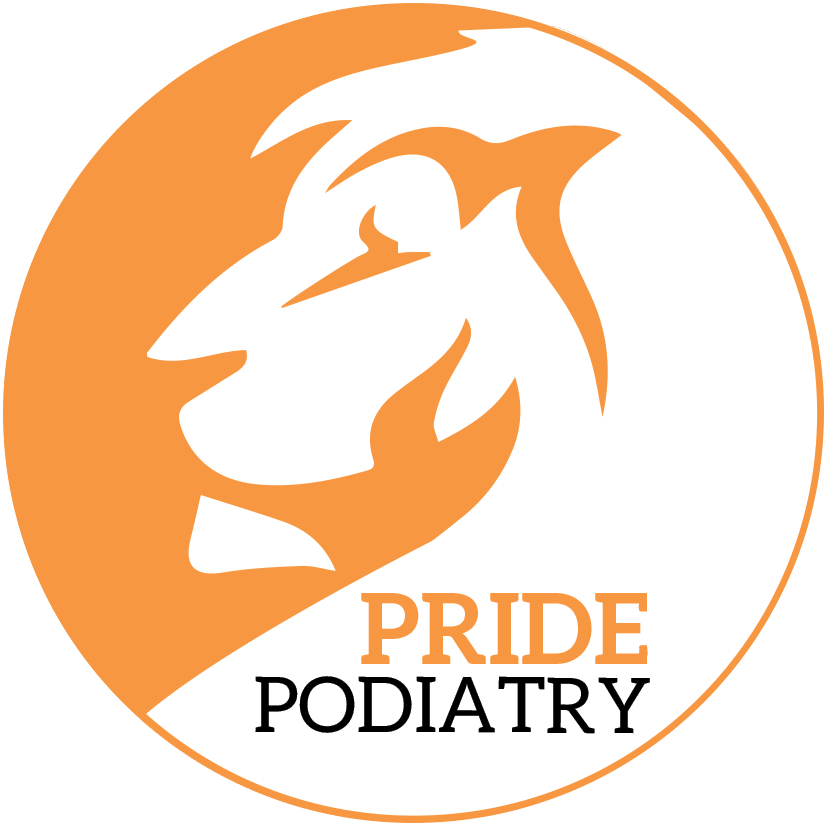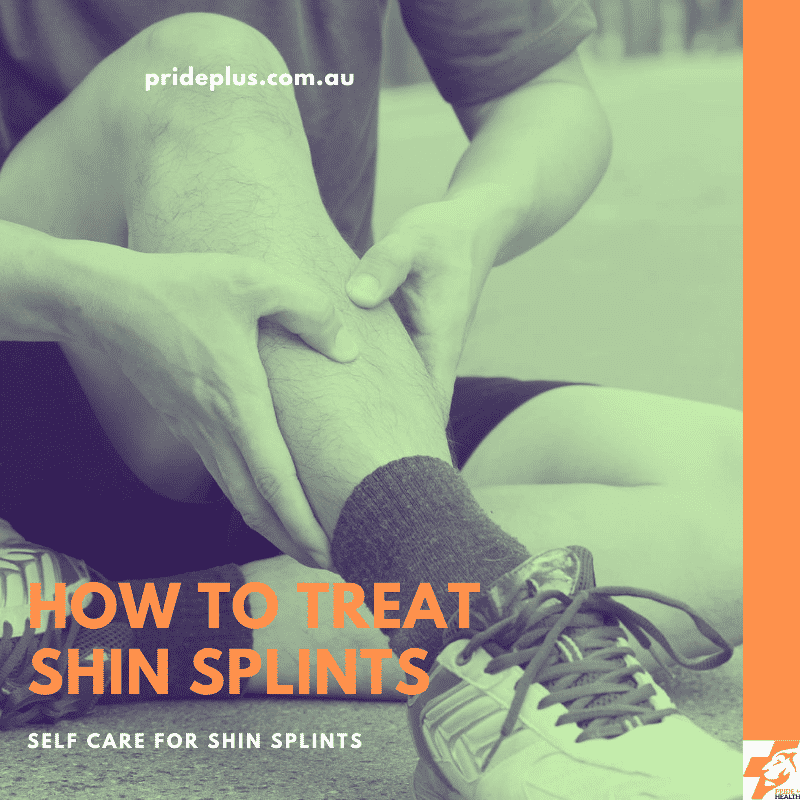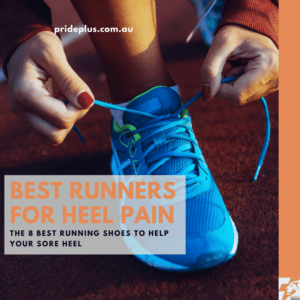To treat shin splints effectively you need to go back to basics.
At their root, shin splints are an overload of the shin bone including the tendons and outside of the bone.
When they are overworked or over trained, they become sore.
And boy, do they get sore!
Personal anecdote time.
How (Not) To Treat Shin Splints
I was a long time shin splint sufferer throughout my teenage years. Every game of footy I starred in (ok, plodded through) by 15 minutes into the first quarter I was in agony.
My shins felt like they were heavy, leaden weights.
Aching and screaming every step.
They’d calm down with a calf rub and a rest, but getting going again just led them to come back even worse.
Growing up in the 90’s in a semi-rural area I was taken to my local doctor by my concerned mum. After sitting down saying “Doc my shins hurt at footy”, I was diagnosed with “shin splints” and told to stretch my calves or stop playing footy.
Well, option 2 wasn’t really an option for a pig headed footy lover like me, so I stretched and I stretched and I stretched.
Would you believe it, nothing happened!
Every game my shins killed me.
Each training session.
And every lunchtime game of basketball or just mucking about on the school oval.
I couldn’t treat shin splints with stretching.
And I was devastated.
So I missed a week of footy but things didn’t get better.
Then a few more weeks.
I started to feel a little better but as soon as I started playing again my shin splints would flare up. Maybe not until the 2nd quarter now. But they were still there.
If only I could speak to that dashing young winger now and offer the advice I’m here to share with you.
You can treat shin splints and you can get great results.
And you absolutely do not need to waste hours static stretching your calves!
How To Treat Shin Splints
The single most important factor with shin splints is load.
Say it with me.
L-O-A-D.
Load.
If the shin is overloaded and sore then to effectively treat shin splints you must reduce the load.
This does not necessarily mean you have to stop running!
To treat shin splints effectively you have to work out what load is pathological, and for that, we’re going to get science-ey.
Shin Bone Science
Our shin bones are known as the tibia. Like all long bones they have adapted to tolerating compression really, really well. Compression occurs when we walk, when we run, when we stand.
Compression is the type of load our body mass pushes down through our shin bones multiplied by gravity.
And think of all the people you know out there who do miraculous things. Ultra marathon runners can clock up hundreds of K’s without getting shin splints.
The heavier set amongst us can put hundreds of K’s of the other kind, kilograms, through each shin too. This is because the tibia loves compression, and can do it all day.
What the tibia does not like so much, is tensile or torsional loading. Twisting or bending (even thinking about that makes my shins tingle!) forces are much less tolerable so it does not take as many of them before our tibia starts to tell us, no more!
And that is what’s known as shin splints pain.
Now; during walking or running, our shins are always moving and twisting. When we swing our legs through the air they twist around so we don’t trip up and catch our toes, easy as!
When we are weight bearing, during what us podiatrists like to call, stance phase, our shins do a small turn in movement, then stay still all the way until we start to lift off the ground again.
This internal rotation is part of a movement that’s copped a bad wrap in the past – pronation. It’s the way we absorb impact and adapt to different surfaces.
So, if we get a small amount of twisting every step under load, then our shin can brush it off, no worries, no pain.
But if we turn it up a notch, and twist in further or faster then this is pushing our shins into an area they are less comfortable with. Couple that with the further we twist in, the further we must then twist out!
More twisting = more loading = more likelihood of tipping into the painful shin splints zone.
Treat Shin Splints By Untwisting Your Gait
If you want to treat shin splints without reducing the actual amount of running you are doing then you can reduce the amount of pathological loading on your shin by reducing its twisting.
To do this quickly you can use shoes or orthotics which provide more stability and reduce the rate and volume of the internal and external tibial rotation.
They are two whole other topics on their own you can read about on our blog.
To reduce the twisting over a longer timeframe you can start strengthening and working on your lower limb balance muscles.
Primarily we are talking about some deep calf muscles called tibialis posterior, the peroneals and another front-of-calf muscle tibialis anterior.
We’ve gone into more detail about exercises for shin splints here.
What If It’s Not The Twist?
Not all shin splints are related to too much twisting.
As you have learned from the Everything You Need To Know About Shin Splints post, it can also be the periosteum or the tendon attachments which are overloaded and causing your shin splints.
If the tendon attachments of some of the main muscle groups are the culprit for your shin splints then settling down any associated hypertonia (extra tight muscles) can be beneficial. In the immediate short term, this means massage.
However massage is unlikely to provide long term relief.
To get longer term relief you will need to strengthen and lengthen your affected muscles with an appropriate exercise program.
Your podiatrist is the best person to investigate and commence you on this path.
What About Stride?
Running stride is an absolute minefield of debate right now. It seems everyone has their own opinion as to whether it’s better to heel strike or midfoot strike or just float in the air on a cloud of your own sense of smugness and superiority.
While I’m not going to get into which stride is better in this piece, we can reduce the load on our anterior (front) muscle compartment by using a midfoot or forefoot strike pattern.
Running and landing on your midfoot or forefoot first is much less common than landing on your rearfoot. Midfoot and forefoot strikers load the calf and achilles much more, but the front shin muscle a little less.
A word of warning. If you are considering attempting to change your position at initial contact you should definitely see a podiatrist for advice on how to adapt without blowing up something else.
A small change that most of us recreational runners can make is to shorten our stride length.
You only have to head down to any path around Melbourne and see that the majority of us who get out and run for fun or fitness are keen over striders.
And who can blame us!
Overstriding feels like you’re getting there the fastest, leaping and bounding step to step.
If we just quicken our step rate (cadence) to reduce our stride length and stop leaning forwards as much then the muscles at the front of our shin won’t have quite as much work to do each step.
The downside is that we will take a few more steps so you do need to be careful monitoring your symptoms doing this.
What About Rest?
Truly advanced stage shin splints where there is a stress reaction in the tibia requires absolute rest.
You simply must take into account the amount of steps you are taking every day and cut them drastically.
If you are at this phase of shin splints then you need to stop reading right now and see a podiatrist.
Other ways to rest to treat shin splints is to reduce the distances you’re running, or look at your day as a whole.
Think along the limes of “where can I change from walking/running to other modes of transport”.
Cycling to work instead of walking or running into the city can be just as effective as getting in the car or on the tram for resting your shins.
Be mindful that if you are treating your shin splints with rest alone those other factors can still be present. When building back into activity after your rest period you will need to be careful.
Rest from running can be a great time to address some of your other factors by completing your necessary strength exercises.
Summary of How To Treat Shin Splints
Absolutely address your causative factors with an expert podiatrist. Only then can you be sure that changing your shoes, stride, orthotics, strength, transport and lifestyle (rest) will work for you.
If you have shin splints we’re here to help you.
Book online with us for your podiatry session across Melbourne.




